Tomatoes (Solanum lycopersicum) are among the most popular and rewarding plants to grow at home. With their vibrant color, rich flavor, and high nutritional value, tomatoes are a staple in kitchens worldwide. For home gardeners and aspiring horticulturists, producing heavy, bountiful tomato crops is both an art and a science. With careful planning, proper care, and attention to detail, gardeners can enjoy a continuous supply of juicy, flavorful tomatoes throughout the growing season.
This guide provides a comprehensive, step-by-step approach to growing tomato plants for maximum yield, including variety selection, planting techniques, care, pest management, and harvesting.
Why Grow Tomatoes for Heavy Crops?
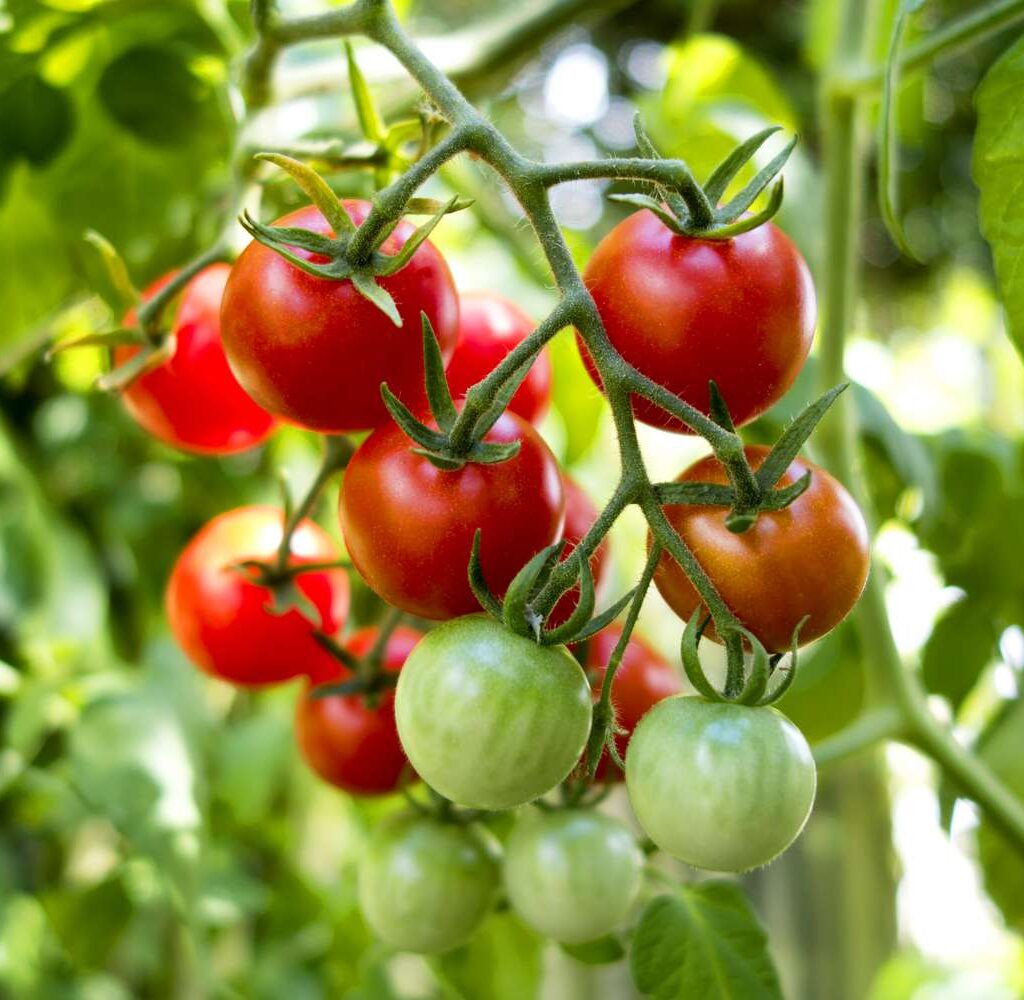
Growing your own tomatoes offers numerous benefits:
- Freshness: Homegrown tomatoes are more flavorful than store-bought ones.
- Nutritional Value: Rich in vitamins A, C, K, and antioxidants like lycopene.
- Cost-Effective: Reduce grocery expenses by producing your own supply.
- Variety: Experiment with cherry, heirloom, or beefsteak types.
- Gardening Satisfaction: Watching plants thrive and produce is rewarding.
Heavy tomato yields require a combination of good genetics, proper soil, water, sunlight, and plant management.
Step 1: Choosing the Right Tomato Variety
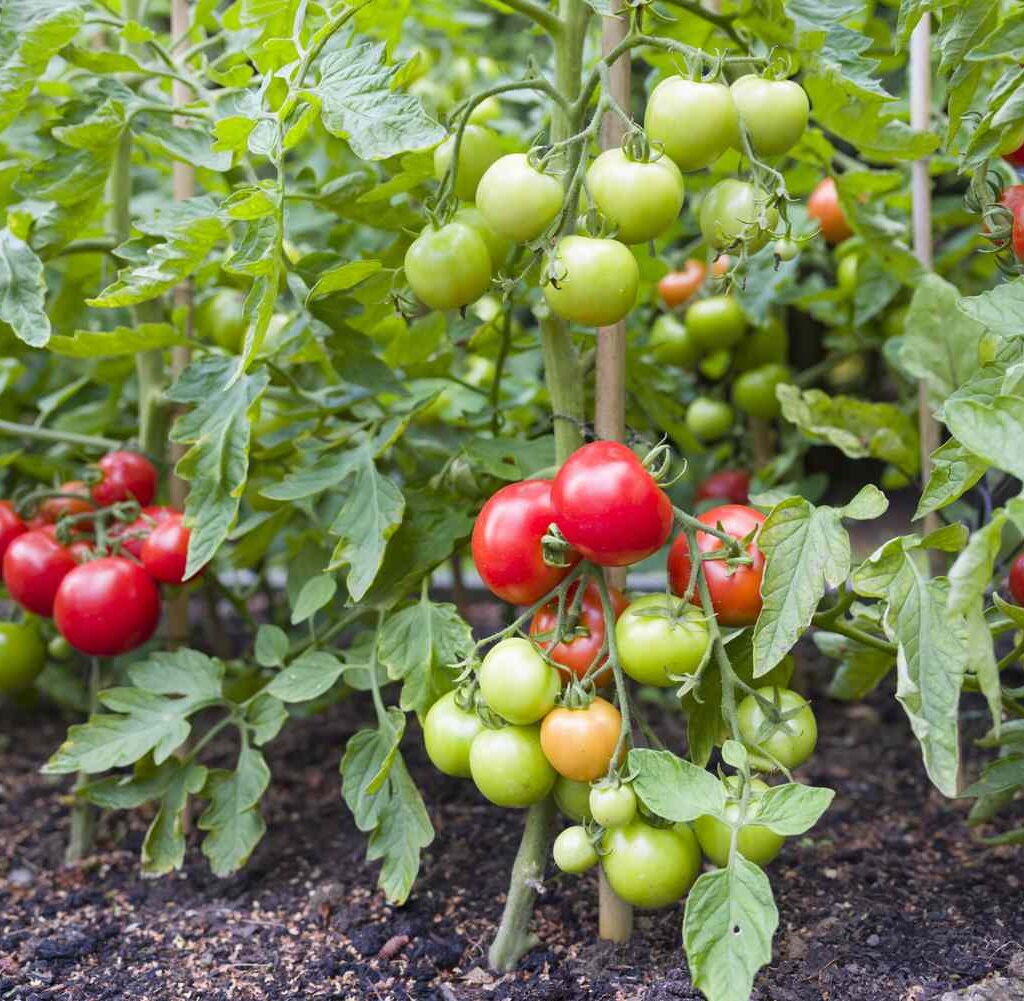
Tomato varieties significantly influence yield and growth characteristics. Select based on your climate, space, and purpose:
- Determinate (Bush) Varieties:
- Grow to a compact size; produce fruit all at once.
- Ideal for small spaces or container gardening.
- Examples: Roma, Celebrity, Bush Early Girl.
- Indeterminate (Vining) Varieties:
- Grow tall and continue producing fruit throughout the season.
- Requires staking or trellising for support.
- Examples: Beefsteak, Brandywine, Sungold.
For heavy crops, indeterminate varieties are preferred because they produce consistently over a longer period.
Step 2: Preparing the Soil
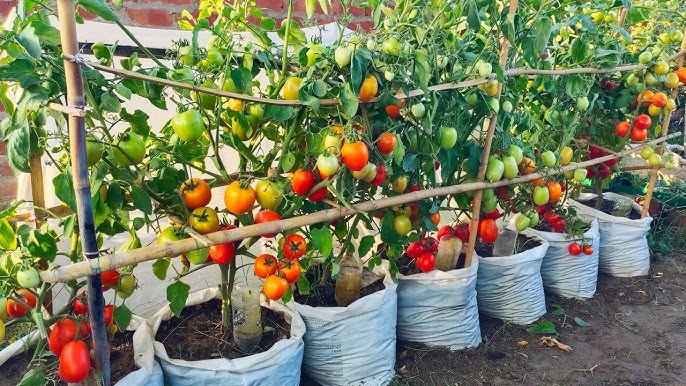
Tomatoes thrive in well-draining, nutrient-rich soil:
- Soil Type: Loamy soil with good drainage. Avoid waterlogged or clay-heavy soil.
- Soil pH: Slightly acidic to neutral (pH 6.0–6.8) for optimal nutrient uptake.
- Soil Enrichment: Mix compost, aged manure, or organic fertilizer before planting to improve fertility.
- Raised Beds: Consider raised beds for better drainage and root development.
Healthy soil forms the foundation for strong plants and large yields.
Step 3: Starting Seeds or Seedlings
Tomatoes can be grown from seeds or purchased seedlings:
- Starting from Seeds:
- Sow seeds indoors 6–8 weeks before the last frost.
- Use seed-starting mix and keep soil moist and warm (70–75°F).
- Transplant seedlings when they have 2–3 true leaves and after hardening off.
- Buying Seedlings:
- Choose healthy, disease-free young plants from nurseries.
- Avoid stressed or yellowing seedlings, which may produce lower yields.
Starting early ensures strong plants ready for a full growing season, maximizing fruit production.
Step 4: Planting Tomato Plants
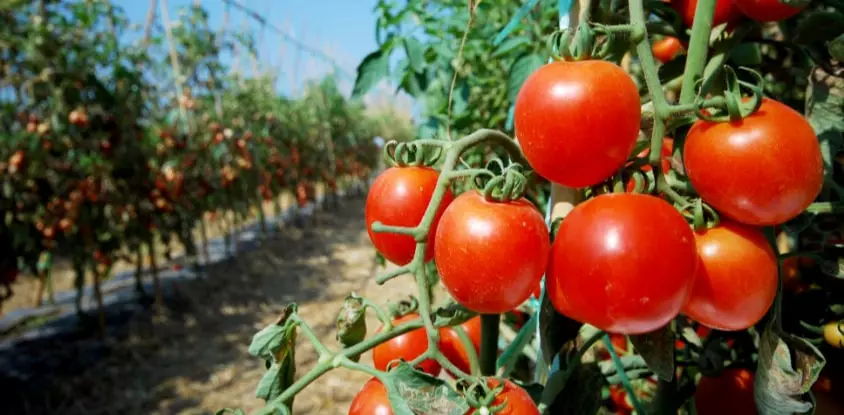
Proper planting encourages strong roots and robust growth:
- Spacing:
- Determinate varieties: 18–24 inches apart.
- Indeterminate varieties: 24–36 inches apart to accommodate sprawling vines.
- Planting Depth:
- Bury seedlings up to the first set of true leaves. Tomatoes develop roots along buried stems, strengthening the plant.
- Watering: Water immediately after planting to help roots establish.
- Mulching: Apply 2–3 inches of organic mulch to conserve moisture, regulate soil temperature, and reduce weeds.
Step 5: Providing Support for Tomato Plants
Support is essential, especially for indeterminate varieties:
- Staking: Use stakes or bamboo poles to keep plants upright.
- Caging: Tomato cages support vines and fruit, preventing branches from breaking.
- Trellising: Helps maximize space in small gardens and improves air circulation.
Supporting plants reduces disease risk and promotes even fruit development.
Step 6: Watering and Irrigation
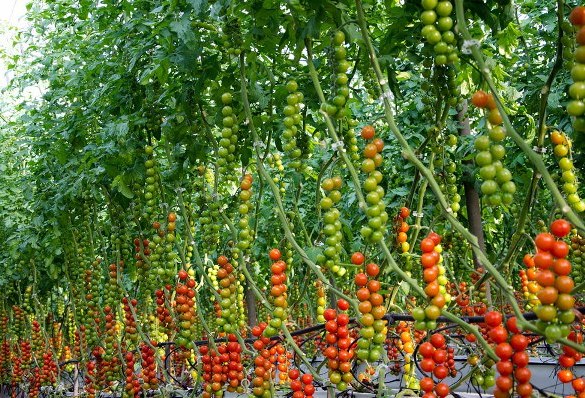
Consistent watering is critical for large, juicy tomatoes:
- Frequency: 1–2 inches per week, depending on rainfall and soil type.
- Technique: Water at the base to avoid wetting leaves, reducing fungal disease risk.
- Mulch: Helps retain soil moisture and prevents fruit cracking.
Avoid irregular watering, as it can cause blossom end rot or uneven fruit development.
Step 7: Fertilization for Maximum Yield
Tomatoes are heavy feeders requiring consistent nutrients:
- Starter Fertilizer: Use a high-phosphorus fertilizer at planting to encourage root development.
- During Growth: Apply balanced fertilizer (10:10:10) every 3–4 weeks.
- High Potassium: Encourages flowering and fruit development.
- Compost Tea: A natural alternative to boost soil fertility and plant health.
Proper nutrition supports larger plants and heavier fruit production.
Step 8: Pruning and Managing Growth
Pruning helps direct energy to fruit production:
- Indeterminate Varieties: Remove suckers (small shoots between main stem and branches) to focus energy on main fruit.
- Determinates: Minimal pruning; focus on removing damaged or diseased leaves.
- Leaf Management: Trim lower leaves to improve air circulation and reduce fungal risks.
Pruning ensures larger, healthier fruits and reduces plant stress.
Step 9: Pollination
Proper pollination maximizes fruit set:
- Natural Pollination: Bees and wind often suffice outdoors.
- Manual Pollination: Indoors, gently shake flowers or use a small brush to transfer pollen.
- Flower Clusters: Encourage abundant flowering for more potential fruit.
Good pollination ensures uniform, abundant tomato production.
Step 10: Managing Pests and Diseases
Tomatoes are prone to several pests and diseases:
- Common Pests: Aphids, tomato hornworms, whiteflies, and spider mites.
- Use neem oil, insecticidal soap, or hand-picking.
- Diseases: Late blight, early blight, fusarium wilt, and powdery mildew.
- Rotate crops yearly and avoid planting in the same soil consecutively.
- Provide good spacing and air circulation to reduce fungal infections.
Early detection and preventive measures are key to maintaining high-yield crops.
Step 11: Harvesting Tomatoes
Knowing when and how to harvest ensures maximum flavor and yield:
- Timing:
- Pick tomatoes when fully colored and slightly firm.
- Regular harvesting encourages more fruit production.
- Technique:
- Twist gently or use pruning shears to avoid damaging stems.
- Harvest early in the morning when temperatures are cooler.
- Continuous Harvest: Indeterminate varieties provide a steady yield throughout the season.
Step 12: Tips for Maximizing Tomato Yields
- Choose high-yielding varieties suitable for your climate.
- Provide consistent sunlight (6–8 hours/day).
- Maintain soil fertility with organic matter and fertilizer.
- Support plants to prevent damage and disease.
- Regularly prune and remove damaged leaves.
- Water consistently to prevent fruit cracking or blossom end rot.
- Monitor for pests and diseases to protect your crop.
Conclusion
Growing tomato plants for heavy crops requires careful planning, attention to soil, water, sunlight, and plant management. By selecting high-yielding varieties, providing proper support, maintaining nutrient-rich soil, and implementing regular pruning and pest management, gardeners can enjoy abundant, flavorful, and nutritious tomato harvests.
Tomatoes are not only rewarding to grow but also provide a continuous supply of fresh produce that enhances meals and supports healthy living. With dedication and consistent care, even beginner gardeners can achieve bountiful tomato crops, transforming their garden or indoor growing space into a productive and sustainable food source.
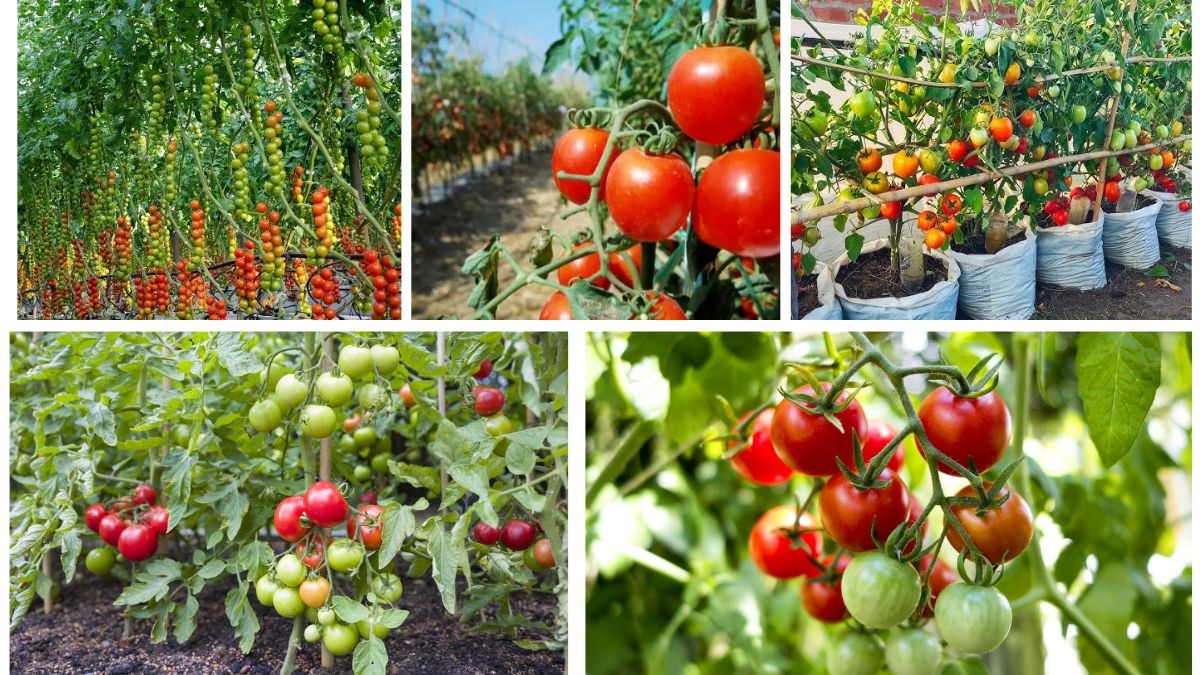
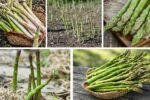
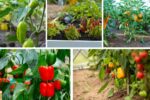



Leave A Comment